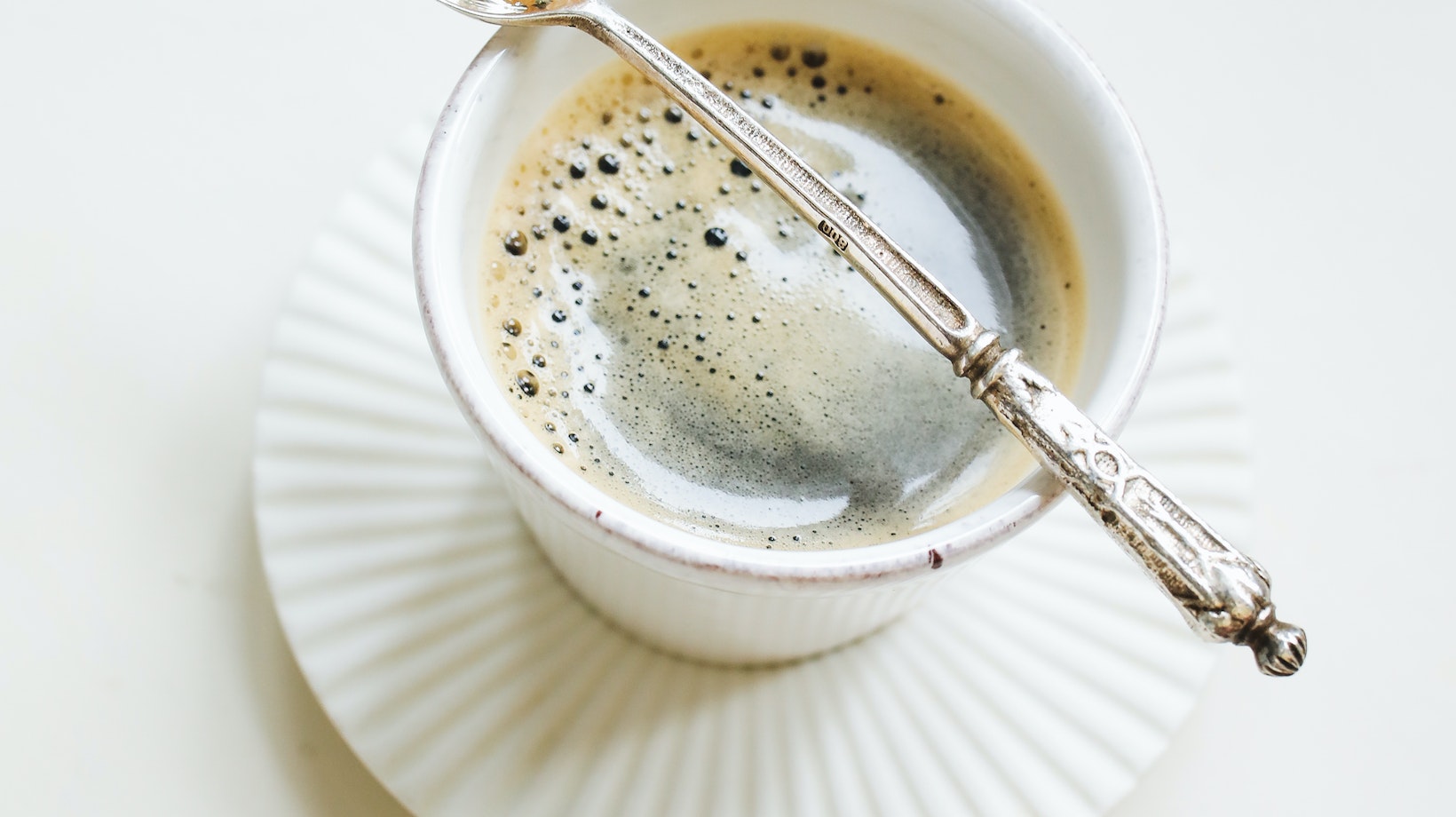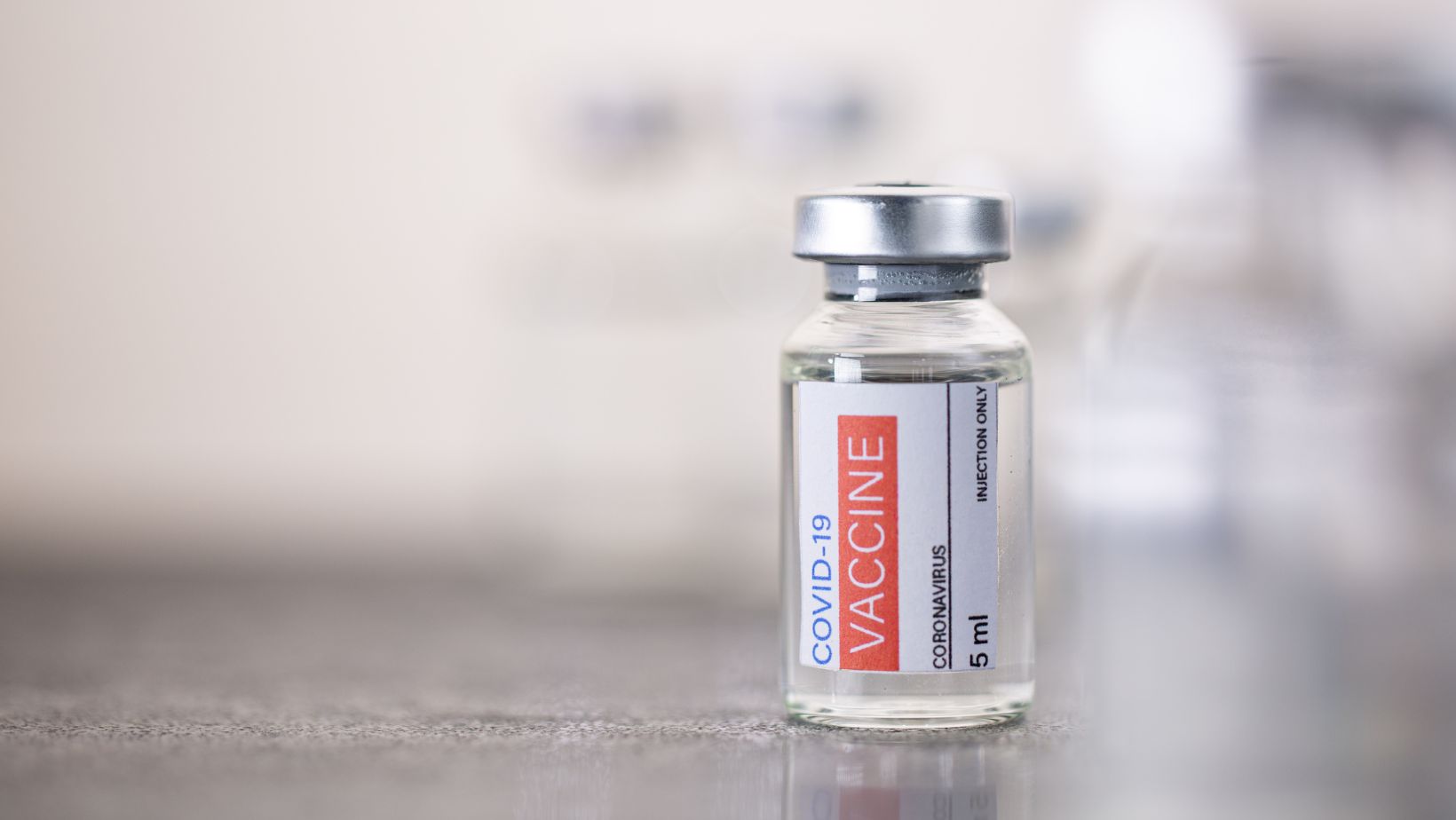The Perfect Coffee Measurement: How Many Ml In A Double Shot

How Many Ml In A Double Shot
When it comes to enjoying a well-crafted espresso or other delightful coffee-based beverages, understanding the standard measurement for a single shot is essential. While there may be slight variations across different regions and establishments, the most commonly accepted volume for a single shot is around 30 milliliters (ml). This measurement provides the perfect balance of flavors and strength that many coffee enthusiasts savor.
However, it’s important to note that some cafes or specialty coffee shops might offer slightly larger or smaller volumes for their single shots. It all depends on factors such as personal preferences, brewing methods, and even cultural differences. So don’t be surprised if you come across establishments that serve single shots ranging from 25 ml to 35 ml.
Understanding The Standard Measurement For A Single Shot
To better understand why the standard volume for a single shot tends to hover around 30 ml, let’s dive into the science behind it. A typical espresso machine extracts flavors from finely ground coffee beans using high pressure and hot water. This process optimizes extraction efficiency and brings out the rich aromas and intense flavors that make espresso so beloved.
The standard measurement of 30 ml strikes an excellent balance between extracting desirable compounds from the coffee grounds without diluting its taste. It allows enough contact time between water and coffee particles while avoiding over-extraction or excessive bitterness. Ultimately, this carefully calibrated volume ensures that each sip delivers a harmonious blend of sweetness, acidity, body, and aroma.

Exploring Different Single Shot Sizes
- Ristretto: In Italy, aficionados enjoy an even more concentrated version of espresso known as ristretto. This “short shot” typically contains only 15-20 ml of liquid, resulting in an intense and potent flavor profile.
- Lungo: On the other end of the spectrum, a lungo is an extended espresso that utilizes a longer extraction time, producing a milder taste. It is created by doubling the amount of water used for a regular single shot, resulting in a volume of around 60 ml.
- Double Shot: For those seeking an extra kick of caffeine or stronger flavors, a double shot may be the way to go. A double shot typically consists of two standard single shots (around 60 ml) poured into one cup, delivering twice the intensity and boldness.
It’s important to note that these variations are not set in stone and can vary depending on personal preferences or local traditions. Whether you prefer the classic 30 ml single shot or enjoy exploring different sizes for your coffee fix, there’s no shortage of options to satisfy your taste buds.
In conclusion, understanding the standard measurement for a single shot provides valuable insights into how baristas craft their espresso-based beverages. While 30 ml remains widely accepted as the norm, variations such as ristretto and lungo offer unique experiences for coffee enthusiasts worldwide.The volume of a double shot can vary depending on several factors.
Let’s dive into the key factors that affect the volume of a double shot.
- Standard Double Shot Size: In general, a standard double shot is considered to be around 60 milliliters (ml). This measurement is commonly used in the world of espresso and represents two fluid ounces. However, it’s important to note that this size may vary depending on regional preferences or specific establishments.
- Equipment and Preparation: The equipment used and the technique employed during preparation can also impact the volume of a double shot. Different types of espresso machines or bartending tools may have slight variations in how they extract or pour liquids, which can affect the final volume.
- Bean Grind Size: A finer grind size typically results in a smaller volume for a double shot, as water passes through more slowly and extracts more flavor compounds from the coffee grounds. Conversely, using coarser grinds might yield slightly larger volumes due to faster extraction.
- Coffee-to-Water Ratio: The ratio of coffee to water plays an essential role in determining the strength and intensity of a double shot. A higher coffee-to-water ratio may result in a smaller volume but with richer flavors, while diluting it with more water will increase its overall volume but potentially decrease its strength.
- Beverage Type: Whether you’re talking about espresso shots or alcoholic drinks like vodka shots, there can be variations in serving sizes for different beverages labeled as “double shots.” It’s essential to consider what specific drink you’re referring to when discussing the volume of a double shot.
It’s worth noting that these factors are not exhaustive and varying practices exist across different regions and establishments when it comes to defining the exact volume of a double shot. Therefore, if you want precise measurements, it’s always best to consult the specific guidelines or specifications provided by the coffee shop, bar, or brand in question.




